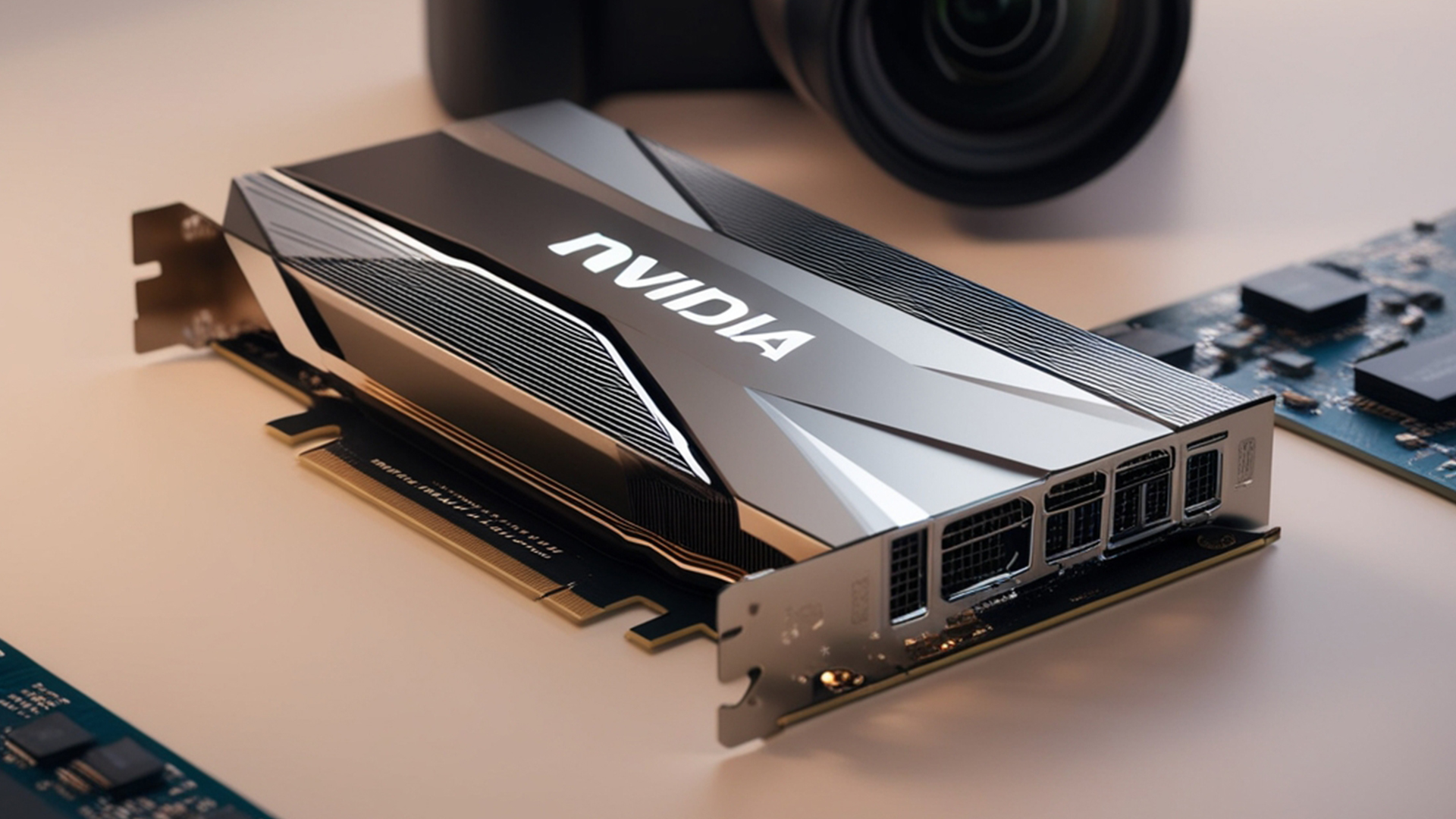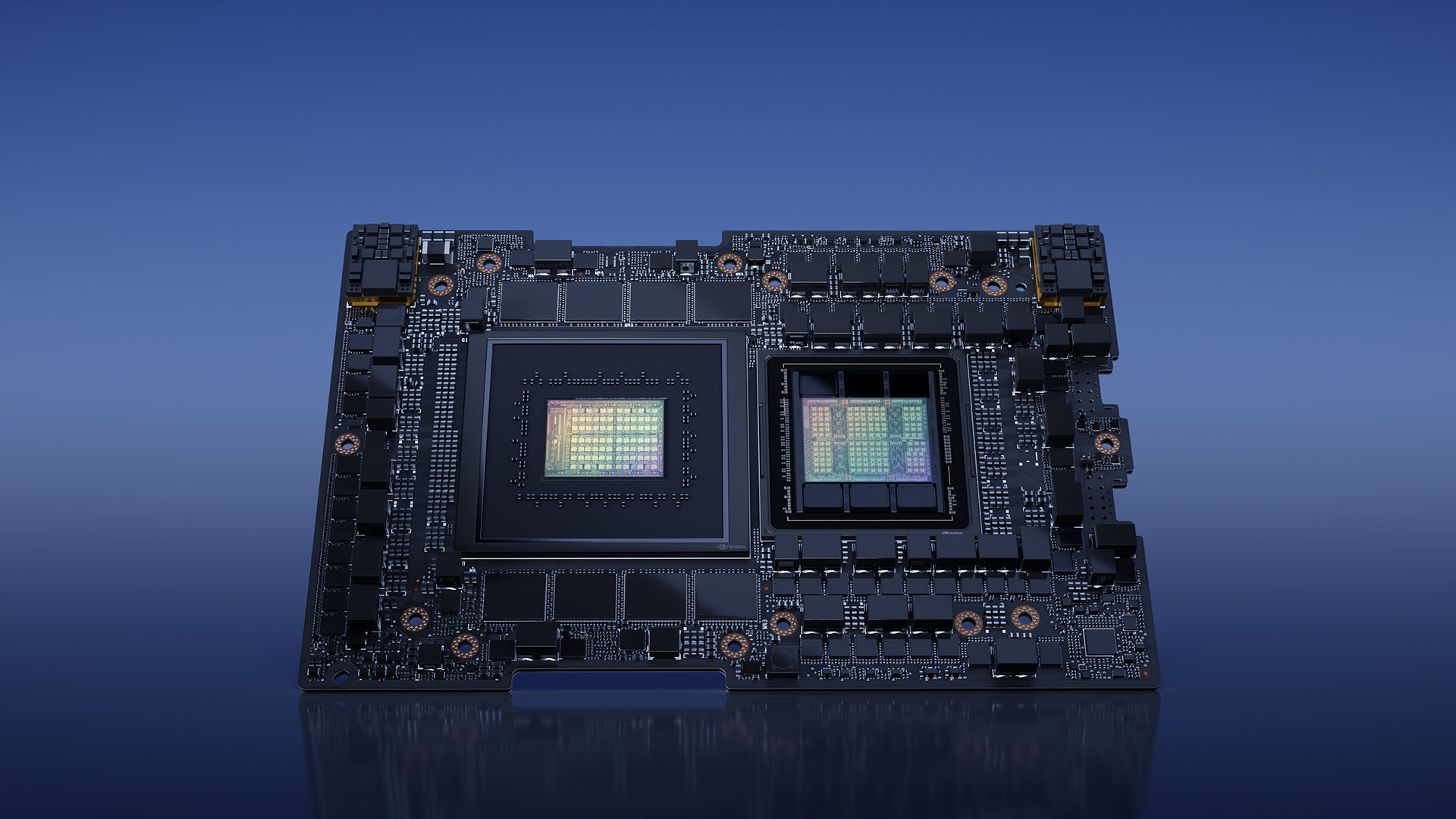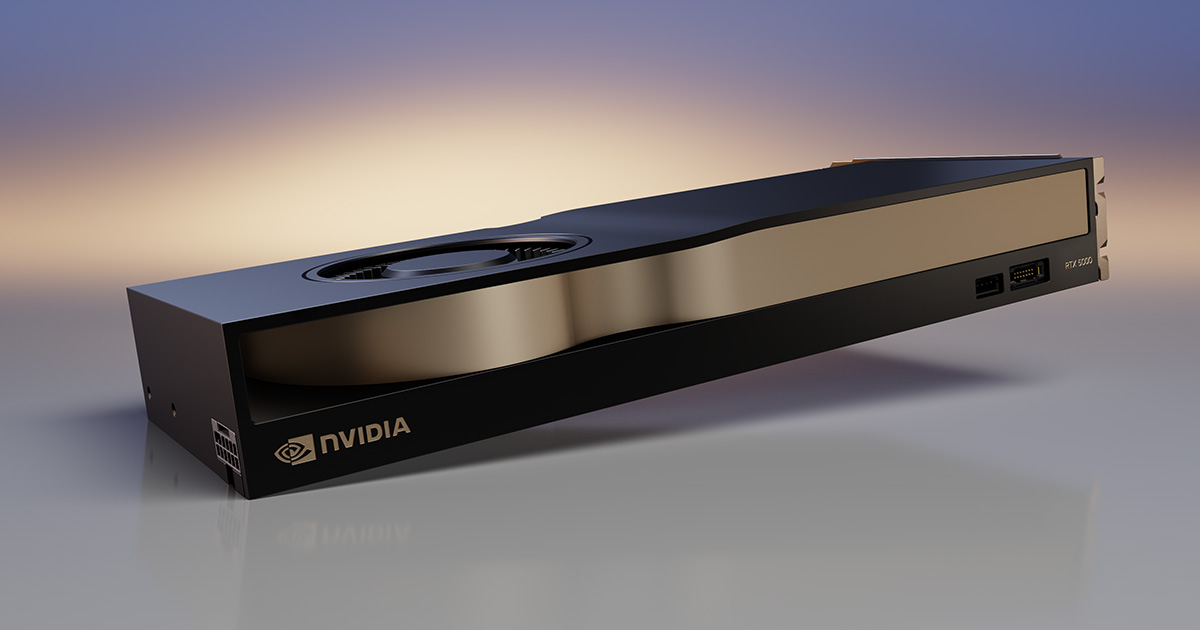How GPU Technology Is Changing the Future
Sept 3rd, 2024
The world of artificial intelligence is rapidly evolving, and Nvidia is leading the charge with their groundbreaking AI chips and GPU advancements. As we move into 2024 and beyond, Nvidia's latest technology promises to reshape industries from gaming to data science, and everything in between.
But what exactly is Nvidia doing with AI that makes it such a game-changer? And how will their new GPU lineup affect the future of computing?

Above: Nvidia's AI-focused GPU technology is paving the way for faster, smarter computing.
Nvidia's Dominance in AI: The Power of GPUs
Nvidia has long been synonymous with gaming graphics, but in recent years, it has transformed into a leader in artificial intelligence. Its GPUs are now at the heart of many AI systems, powering machine learning models that process vast amounts of data at incredible speeds.
In 2024, Nvidia released its Hopper H100 and Grace Hopper Superchips, specifically designed for AI workloads. These GPUs are built to handle the heavy computational needs of AI and deep learning, which are increasingly crucial in sectors like healthcare, autonomous vehicles, and natural language processing.
The AI Chips That Changed the Game
The release of Nvidia's GH200 Grace Hopper Superchip in 2024 marks a significant leap forward in AI computing. With its graceful fusion of CPU and GPU architectures, this chip can handle up to 500 teraflops of AI performance, allowing for unprecedented speed and efficiency in training deep learning models.
But it's not just about raw power. Nvidia's chips are also pushing the envelope in energy efficiency. The GH200's architecture allows it to optimize power consumption, making it a game-changer for data centers that are often limited by energy and cooling constraints.
Fun fact: Nvidia's GH200 can train models that previously took weeks to complete in a matter of days.

Above: The Grace Hopper Superchip combines CPU and GPU power, unlocking new levels of AI performance.
Nvidia's Role in the AI Revolution
Nvidia's advancements aren't just for specialized AI labs—they're setting the stage for AI democratization. As more industries rely on AI, from finance to logistics, Nvidia's GPUs are helping to make these technologies more accessible.
Real-World Example: AI in Healthcare
In 2024, Nvidia's technology played a pivotal role in genomics and drug discovery. Using Nvidia's AI-powered GPUs, researchers were able to sequence genomes and simulate drug interactions at a speed that was previously unimaginable. This technology is now critical in developing personalized medicine, where treatments are tailored to an individual's genetic makeup.
Nvidia's AI Roadmap: Looking Toward 2025
Nvidia isn't stopping with the GH200. By 2025, the company plans to roll out its Blackwell GPUs, which are expected to bring another leap in AI processing power. These new chips will further reduce latency in machine learning training and inference, making real-time AI decision-making more efficient.
Nvidia's roadmap also includes efforts to integrate AI even more seamlessly with cloud computing platforms. Through partnerships with Amazon Web Services (AWS) and Microsoft Azure, Nvidia plans to offer AI as a Service, making it easier for businesses to tap into the power of AI without needing massive hardware investments.
Key takeaway: Nvidia's Blackwell GPUs are expected to lower the barrier for AI adoption, enabling real-time machine learning across various industries.
The Importance of AI GPUs in Gaming
While Nvidia's AI advancements are transforming sectors like healthcare and finance, they haven't left their gaming roots behind. In fact, AI-powered GPUs are now playing a central role in the gaming industry's evolution.
Nvidia's RTX 5000 series, launching in late 2024, is poised to redefine what's possible in real-time ray tracing and AI-enhanced graphics. Gamers can expect more realistic lighting, smoother frame rates, and adaptive AI-based optimizations that adjust to gameplay in real-time.

Above: Nvidia's RTX 5000 series is bringing AI-powered improvements to gaming, making every pixel smarter.
What This Means for the Future of AI and GPUs
Nvidia's 2024 releases signal a broader trend: the convergence of AI and GPU technology to create smarter, more efficient computing systems. Whether it's self-driving cars, real-time data analysis, or cutting-edge games, Nvidia is providing the backbone for the future of AI.
Here's what to expect moving forward:
- AI-Powered Everything: Expect to see more AI-driven applications across all sectors, from smart cities to automated supply chains.
- Affordable AI for Everyone: By 2025, cloud-based AI services powered by Nvidia's GPUs will make it easier for small businesses and independent developers to integrate AI into their products.
- Energy-Efficient AI: Nvidia's key focus on creating energy-efficient AI chips will reduce the environmental impact of data centers.
Conclusion: Nvidia's Role in the AI-Driven World
Nvidia's advancements in AI chips and GPU technology are laying the groundwork for a smarter, more efficient future. As we move into 2025, their innovations in AI computing, energy efficiency, and affordable access are set to drive the next wave of digital transformation.
While Nvidia's GPUs have always been synonymous with cutting-edge gaming, their role in AI is reshaping industries, creating new possibilities for researchers, developers, and businesses alike. As AI continues to evolve, Nvidia's technology will be there to power it.
What's your take on Nvidia's latest AI advancements? How do you see these technologies impacting the future of AI? Let's start a conversation below.